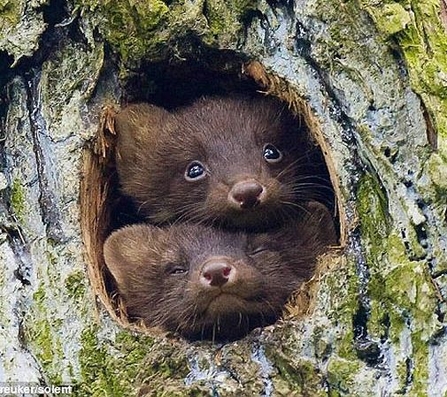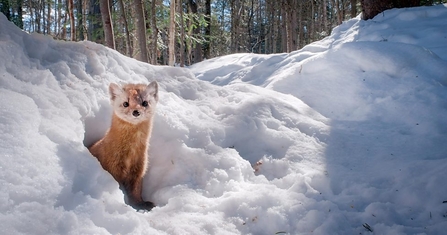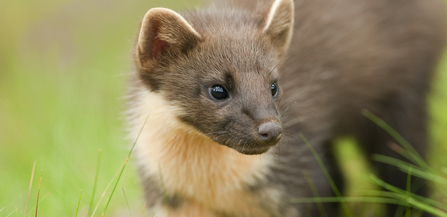In the bleak mid-winter
In the year of the marten, winter tends to start around October and last until at least February. Although here in Gloucestershire winter seems very mild and short for us Northerners (pine martens included). Either way, winter marks the end of breeding time for pine martens. They moult their summer coats, often looking a bit grey and scraggly in October before they are ready with their new winter coat, and possibly a matching hat and glove set if they’re lucky.
Baby its cold outside…
Despite one of the key defining features of the marten, is its beautiful chocolate brown coat and creamy yellow bib, the pine marten is not actually that well adapted to cold climates. Their long body shape, slender due to limited fat reserves, and a high metabolic rate means that they lose heat pretty easily. Yet, European pine martens, alongside many of their mustelid cousins were once heavily exploited for their pelts. The fur trade was rife in Russia, across Europe and in North America, and fur-trapping became a defining activity in the history of the pine marten. Johnny Birks’ fantastic book on pine martens tells us that in 1829 in Gloucestershire you could earn 2 shillings and sixpence (12.5p nowadays) for a pine marten skin1! So, this exploitation of mustelids was not just in snowy outstations in Canada or forests of Russia…but right here in this county. However, it seems that these pelts offered more style than substance and were in fact, not that warm!




